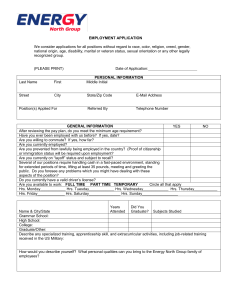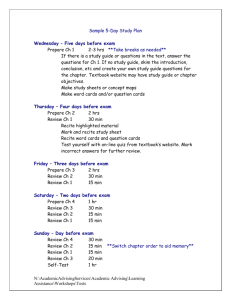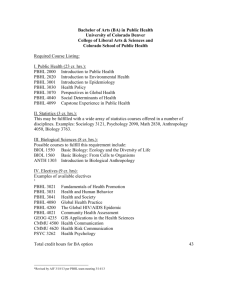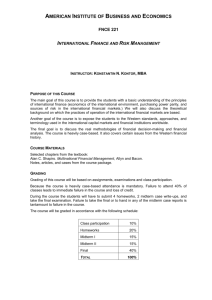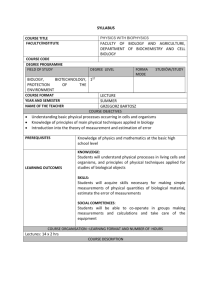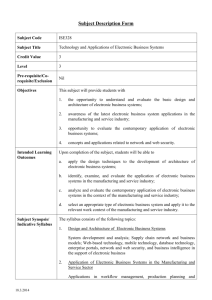c5. definitive course document and course file
advertisement
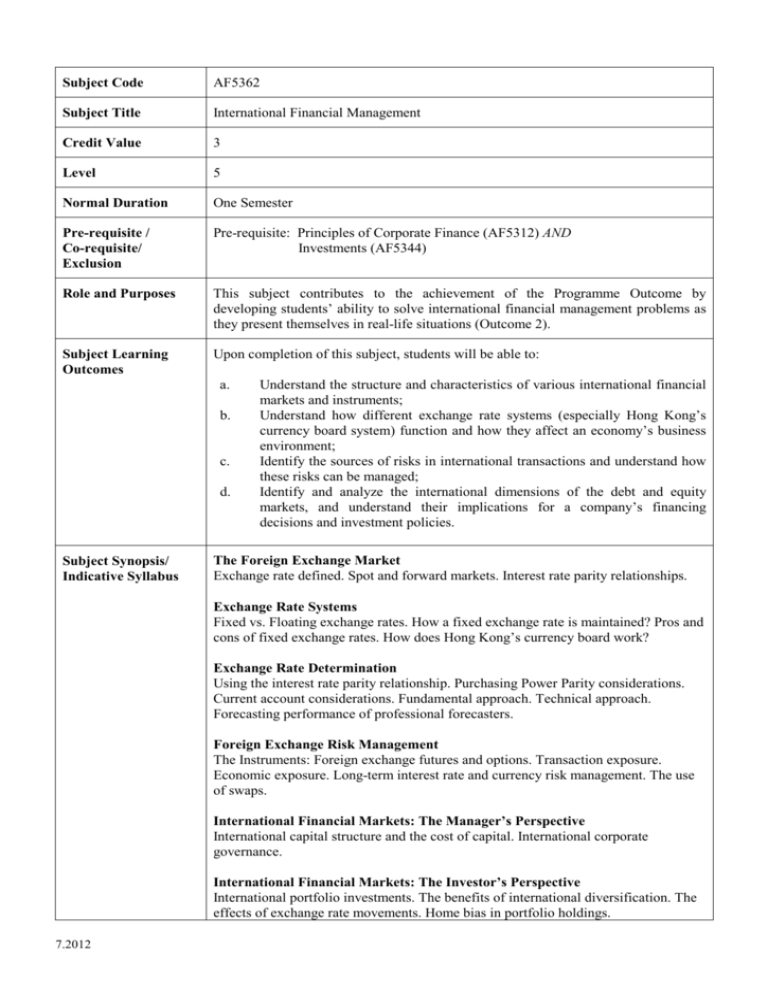
Subject Code AF5362 Subject Title International Financial Management Credit Value 3 Level 5 Normal Duration One Semester Pre-requisite / Co-requisite/ Exclusion Pre-requisite: Principles of Corporate Finance (AF5312) AND Investments (AF5344) Role and Purposes This subject contributes to the achievement of the Programme Outcome by developing students’ ability to solve international financial management problems as they present themselves in real-life situations (Outcome 2). Subject Learning Outcomes Upon completion of this subject, students will be able to: a. b. c. d. Subject Synopsis/ Indicative Syllabus Understand the structure and characteristics of various international financial markets and instruments; Understand how different exchange rate systems (especially Hong Kong’s currency board system) function and how they affect an economy’s business environment; Identify the sources of risks in international transactions and understand how these risks can be managed; Identify and analyze the international dimensions of the debt and equity markets, and understand their implications for a company’s financing decisions and investment policies. The Foreign Exchange Market Exchange rate defined. Spot and forward markets. Interest rate parity relationships. Exchange Rate Systems Fixed vs. Floating exchange rates. How a fixed exchange rate is maintained? Pros and cons of fixed exchange rates. How does Hong Kong’s currency board work? Exchange Rate Determination Using the interest rate parity relationship. Purchasing Power Parity considerations. Current account considerations. Fundamental approach. Technical approach. Forecasting performance of professional forecasters. Foreign Exchange Risk Management The Instruments: Foreign exchange futures and options. Transaction exposure. Economic exposure. Long-term interest rate and currency risk management. The use of swaps. International Financial Markets: The Manager’s Perspective International capital structure and the cost of capital. International corporate governance. International Financial Markets: The Investor’s Perspective International portfolio investments. The benefits of international diversification. The effects of exchange rate movements. Home bias in portfolio holdings. 7.2012 Teaching/Learning Methodology Assessment Methods in Alignment with Intended Learning Outcomes In the first part of most classes, the instructor will provide students with a lecture on the underlying concepts and their application in practical settings. Students will be required to participate in the lectures and class discussions, to solve analytical problems and case studies, to make presentations, and to submit written reports. Specific assessment methods/tasks % weighting Intended subject learning outcomes to be assessed (Please tick as appropriate) a b c d 1. Midterm Exam 20% √ √ 2. Group Presentation* 7% √ √ √ √ 3. Individual Written Report* 13% √ √ √ √ 4. Class Participation 5% √ √ √ √ 5. Final Exam 55% √ √ √ √ Total 100 % *Different presentations/reports may address different outcomes. Explanation of the appropriateness of the assessment methods in assessing the intended learning outcomes: Students will be required to solve problems that test their understanding of how exchange rates are determined, the relationship between exchange rates and interest rates, the characteristics of international financial instruments, the impact of different exchange rate systems on the business and economic environment, and of what the sources of risks are in international financial transactions. There will also be cases and problems that test if students can make use of financial instruments and/or operational hedges to manage risks in international financial transactions, and understand the implications of the international nature of the debt and equity markets for corporate financial decisions. Note: To pass this subject, students are required to obtain Grade D or above in BOTH the Continuous Assessment and Examination components. In addition, the specific requirements on individual assessment components discussed above could be adjusted based on the pedagogical needs of subject lecturers. Student Study Effort Required Class contact: Lectures / Seminars 42 Hrs. Other student study effort: 7.2012 Problems / Cases 24 Hrs. Midterm & Final Examinations 35 Hrs. Preparation for presentation and written report Total student study effort Reading List and References 25 Hrs. 126 Hrs. Textbook Eun, C.S., B.G. Resnick, and S. Sabherwal, International Finance: Global Edition, 6th Edition, McGraw Hill, 2012. Supplementary Readings Shapiro, A.C., Multinational Financial Management, 8th Edition, Wiley, 2006. Eiteman, D.K. A.I. Stonehill and M.H. Moffet, Multinational Business Finance, 11th Edition, Addison Wesley, 2007. Bodie, Z., A. Kane, and A.J. Marcus, Essentials of Investments, 6th Edition, McGraw-Hill, 2007. 7.2012





